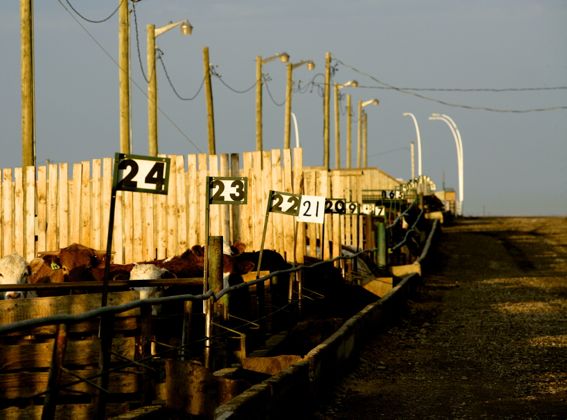Compared to last week, western Canadian feeder cattle markets traded steady to $3 higher. Strength in the deferred live cattle futures, particularly the April contract, spilt over into the cash feeder market. Limited supplies of yearlings also contributed to the firmer tone.
Feedlots have been patiently securing heavier replacements, but we’re now on the home stretch of the yearling run. Calf numbers were up sharply last week. It appears that the cow-calf operator has held on as long as possible. Order buyers were quite aggressive on heavier calves in Saskatchewan and Manitoba, with noted interest from Eastern Canada. U.S. feeder cattle markets were also up US$3-$5 from week-ago levels, which appeared to lead the Canadian market higher.
Read Also

U.S. grains: Corn, soybeans higher in technical bounce; wheat firms
Chicago | Reuters – Chicago corn futures rose modestly on Thursday on chart-based buying, firm cash markets and reminders of…
Larger-frame medium-flesh 875-lb. tan steers reached up to $204 in central Alberta while medium-frame 870-lb. Angus mixed heifers were quoted at $173. Medium-frame mixed steers averaging 850 lbs. were quoted at $202 in southern Alberta. Yearling prices in eastern Saskatchewan and Manitoba were $3-$6 below Alberta values as traditional freight spreads came into play.
Larger-frame black mixed steer calves weighing 775 lbs. were quoted at $212 in southern Alberta; mixed heifers weighing 760 lbs. were valued at $194 in the same region. Simmental mixed steers averaging 620 lbs. were valued at $218 in central Saskatchewan; a smaller group of red and black heifers averaging 625 lbs. were quoted $190 in eastern Saskatchewan. Calves under 700 lbs. were quite variable across the Prairies. Calf prices are similar to year-ago levels and feedlots appear to be more cautious with the June live cattle futures trading at a $6 discount to the April contract.
The Alberta barley harvest is only 37 per cent complete and only 29 per cent of the spring wheat is in the bin. In Saskatchewan, about 70 per cent of the barley crop is harvested while spring wheat progress is only 50 per cent complete. This has supported the feed grain markets in the short term. World barley supplies are historically tight and the industry is anticipating a year-over-year increase in offshore movement for feed barley. Feed wheat prices may come under pressure, but don’t expect much slippage in the barley market over the winter.
— Jerry Klassen manages the Canadian office of Swiss-based grain trader GAP SA Grains and Produits Ltd. and is president and founder of Resilient Capital, specializing in proprietary commodity futures trading and market analysis. Jerry consults with feedlots on risk management and writes a weekly cattle market commentary. He can be reached at 204-504-8339.
















